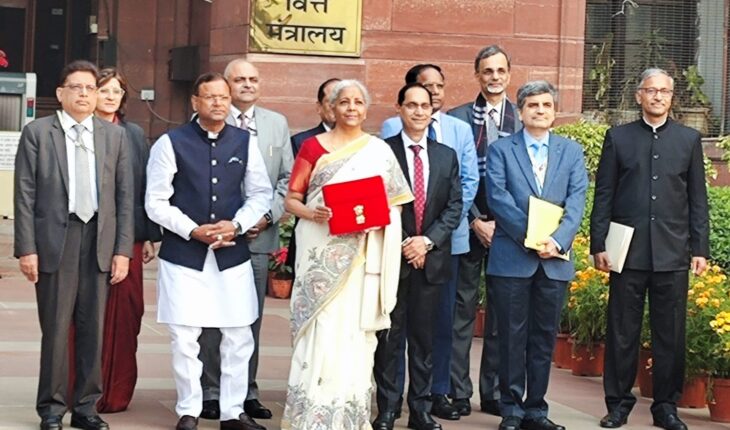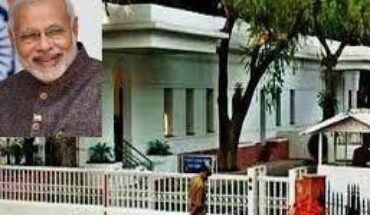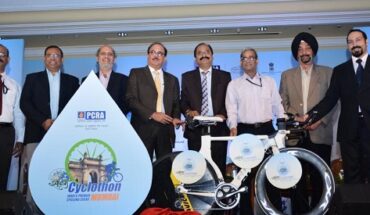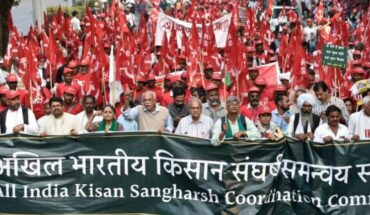The Union Budget for 2025-2026, presented by Finance Minister Nirmala Sitharaman, serves as a strategic blueprint to accelerate India’s economic growth while ensuring fiscal prudence and inclusivity. The budget, deeply rooted in the vision of “Viksit Bharat” (Developed India), aims to foster development across multiple sectors, from agriculture and MSMEs to infrastructure and technology. By balancing tax reforms, investment in human capital, and sector-specific initiatives, the government seeks to address both immediate economic needs and long-term developmental goals.
One of the standout features of this budget is the comprehensive tax reform aimed at enhancing the spending power of India’s burgeoning middle class. Personal income tax exemptions have been raised significantly, with individuals earning up to ₹1.2 million annually now exempt from paying income tax. For those in higher income brackets, reduced rates have been introduced, simplifying the tax structure and providing relief to millions. This move, expected to cost the exchequer approximately ₹1 trillion in revenue, is designed to stimulate consumer spending, uplift household sentiments, and invigorate private sector investments. The government’s rationale appears to hinge on the belief that increased disposable income will lead to a surge in consumption, thereby driving economic growth.
However, while these tax cuts are poised to boost consumption, they also present potential challenges. The revenue shortfall from these tax reforms must be compensated through other avenues, such as enhanced GST collections, increased corporate taxes, or improved compliance measures. The success of this strategy will depend on the government’s ability to broaden the tax base and improve tax administration, ensuring that the fiscal deficit remains under control.
Agriculture, the backbone of India’s economy, receives significant attention in this budget. The introduction of the Prime Minister Dhan-Dhaanya Krishi Yojana aims to develop 100 agricultural districts, benefiting an estimated 1.7 crore farmers. This initiative focuses on spurring agricultural growth and building rural prosperity through targeted development and propagation of high-yield, pest-resistant, and climate-resilient seeds. Additionally, the establishment of a Makhana Board in Bihar seeks to enhance the production, processing, and marketing of this unique crop, providing a boost to the local economy.
Furthermore, the National Mission on High Yielding Seeds and the Mission for Cotton Productivity are set to transform the agricultural landscape by improving productivity and sustainability. Enhanced credit through Kisan Credit Cards (KCC) will facilitate short-term loans for 7.7 crore farmers, fishermen, and dairy farmers, with an increased loan limit of ₹5 lakh. The budget also emphasizes “Aatmanirbharta” (self-reliance) in pulses, with a six-year mission focusing on the development and commercial availability of climate-resilient seeds, enhancing protein content, and improving post-harvest storage and management.
The Micro, Small, and Medium Enterprises (MSME) sector, a critical driver of employment and economic growth, has been given a substantial boost. The budget revises the classification criteria for MSMEs, effectively expanding the scope of enterprises eligible for benefits. Customized credit cards with a ₹5 lakh limit will be issued to micro enterprises registered on the Udyam portal, with 10 lakh such cards expected in the first year. Additionally, a new scheme targeting five lakh first-time entrepreneurs, including women and members of Scheduled Castes and Scheduled Tribes, will provide term loans of up to ₹2 crore over the next five years.
Labor-intensive sectors such as footwear, leather, toys, and food processing are also set to benefit from focused product schemes and support measures. For instance, the footwear and leather sectors are expected to generate employment for 22 lakh people, achieve a turnover of ₹4 lakh crore, and boost exports by over ₹1.1 lakh crore. These measures align with the broader “Make in India” initiative, aimed at fostering a vibrant and dynamic MSME sector, enhancing the ease and cost of doing business, and promoting clean tech manufacturing for climate-friendly development.
Infrastructure development remains a cornerstone of this budget, reflecting the government’s commitment to building robust economic foundations. The Urban Challenge Fund allocates ₹1 lakh crore to implement proposals for “Cities as Growth Hubs,” “Creative Redevelopment of Cities,” and “Water & Sanitation” projects. The Jal Jeevan Mission, extended until 2028 with an enhanced total outlay, aims to achieve 100% coverage of potable water supply across the country.
The Asset Monetization Plan 2025-30 seeks to reinvest ₹10 lakh crore from existing assets into new projects, signaling a strategic approach to resource utilization. This plan is complemented by power sector reforms, which incentivize distribution reforms and the augmentation of intra-state transmission. States will receive additional borrowing of 0.5% of their Gross State Domestic Product (GSDP), contingent on the implementation of these reforms. Furthermore, the SWAMIH Fund-2, with a corpus of ₹15,000 crore, aims to expedite the completion of one lakh dwelling units through blended finance.
Education and healthcare, critical pillars of human capital development, receive significant allocations in this budget. The establishment of 50,000 Atal Tinkering Labs in government schools over the next five years aims to foster innovation and creativity among students. Broadband connectivity will be provided to all government secondary schools and primary health centers in rural areas, bridging the digital divide and enhancing access to quality education and healthcare services.
The budget also proposes the expansion of medical education with 10,000 additional seats, aiming to add 75,000 seats over the next five years. Daycare cancer centers will be established in all district hospitals, improving access to specialized healthcare services. The Centre of Excellence in Artificial Intelligence for education, with a total outlay of ₹500 crore, underscores the government’s commitment to leveraging technology for educational advancement.
On the fiscal front, the government targets a reduction in the fiscal deficit to 4.4% of GDP, down from 4.8% in the previous year. This objective is to be achieved through gross borrowings of ₹14.82 trillion. While the budget reflects a commitment to fiscal consolidation, it also underscores the importance of sustained public investment to drive economic growth. The delicate balance between fiscal prudence and growth-oriented spending will be crucial in navigating the complexities of the current economic landscape.
However, the budget’s success hinges on effective implementation and the ability to navigate potential challenges. The ambitious tax cuts, while poised to boost consumption, may strain fiscal resources if not accompanied by commensurate revenue generation from other avenues. Additionally, the global economic environment, characterized by uncertainties and potential commodity price shocks, could impact the budget’s projections.
To sum it up, the Union Budget for 2025-2026 presents a balanced and comprehensive approach to addressing India’s economic challenges and opportunities. By focusing on inclusivity, infrastructure development, and fiscal discipline, the government aims to create a conducive environment for sustainable growth and development. The effectiveness of these measures will depend on robust implementation, proactive governance, and the government’s agility in responding to evolving economic dynamics. As India continues its journey towards becoming a “Viksit Bharat,” this budget lays the foundation for a resilient and prosperous future.






